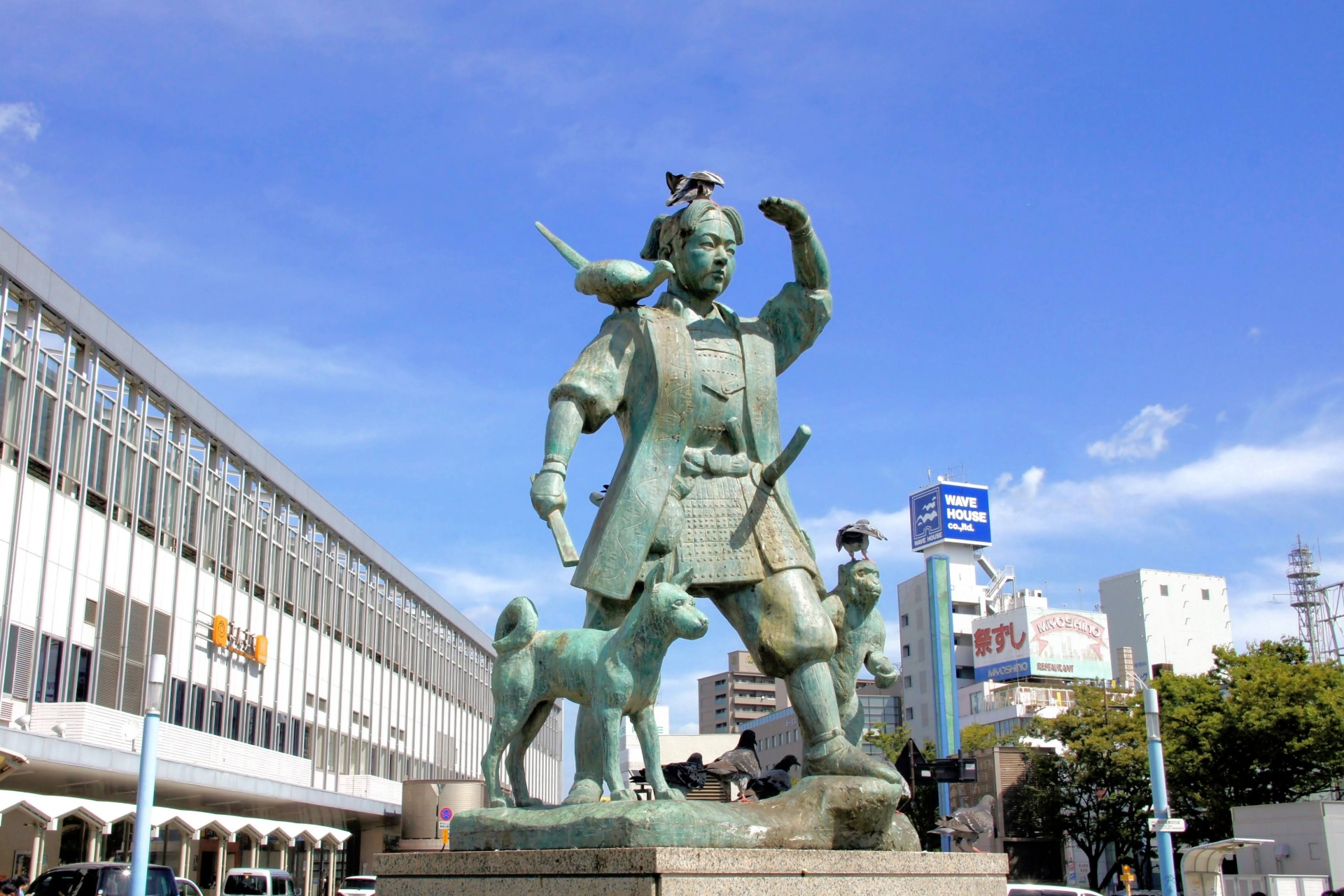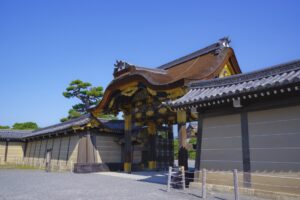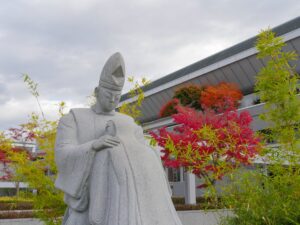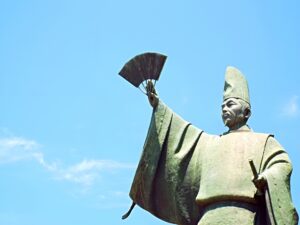Momotaro, or “Peach Boy,” is one of the most beloved folktales in Japan. The story follows a boy born from a peach who sets out to defeat evil ogres with the help of animal companions. But beyond the tale lies a rich cultural history, regional legends, and ongoing relevance in education, tourism, and language learning. In this article, we’ll explore the story, its evolution, real-world connections, and why Momotaro remains significant today.
The Story of Momotaro: A Classic Japanese Folktale
Long ago in Japan, an old man and woman lived a quiet life in the countryside. One day, while the old woman was washing clothes in the river, a huge peach floated downstream. She took it home to share with her husband. But when they opened the peach, they were astonished to find a healthy baby boy inside! They named him Momotaro, which means “Peach Boy.”
Momotaro grew up strong and kind. When he was old enough, he heard about the terrible ogres (oni) on Ogre Island who were hurting people and stealing their treasures. Brave and determined, he decided to defeat the ogres and bring peace to the land. His parents gave him special millet dumplings called kibidango for the journey.
Along the way, Momotaro met a dog, a monkey, and a pheasant. Each animal agreed to help him after he offered them a kibidango. Together, they formed a loyal team and set sail for Ogre Island. Upon arrival, they fought the fierce ogres bravely. With teamwork and courage, they won the battle and took back the stolen treasures.
Momotaro returned home a hero, bringing gifts and peace to his village. He lived happily ever after with his parents and animal friends.
Characters and Their Roles in the Story
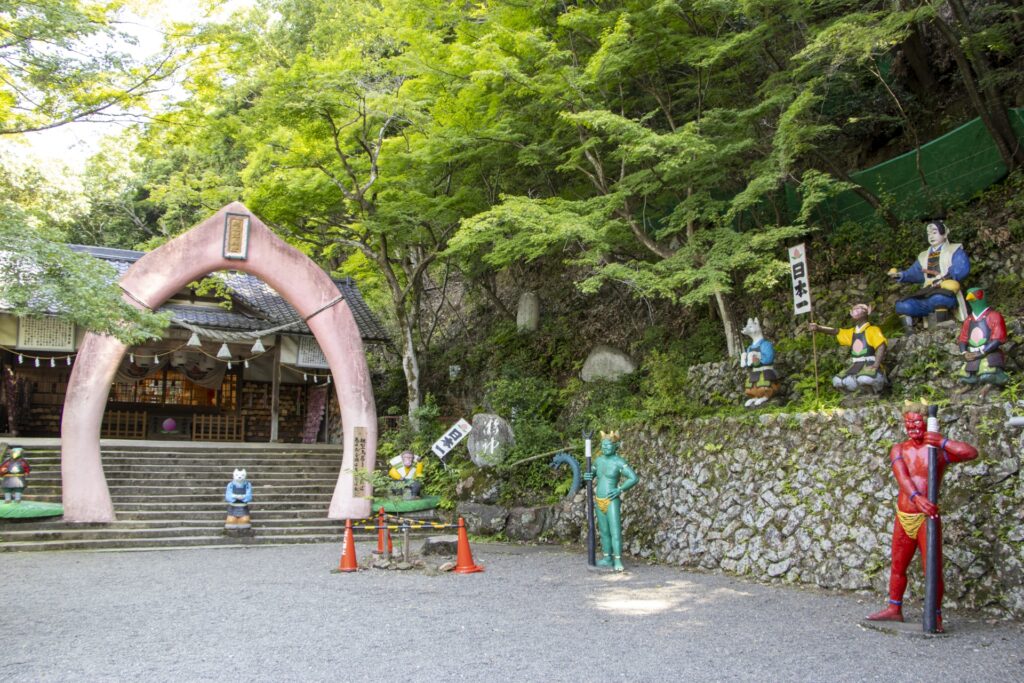
Momotaro: The Peach Boy
Momotaro is the central hero of the tale. His magical birth from a peach symbolizes purity, fortune, and the blessings of nature. As a character, he represents bravery, filial piety, and leadership. His decision to fight the ogres reflects a strong sense of justice and protection for others.
The Animal Companions
Each of Momotaro’s animal companions has a unique role. The dog is loyal and protective, the monkey is clever and agile, and the pheasant is observant and quick. Together, they represent teamwork and the idea that diverse strengths can unite for a common cause. Their willingness to join Momotaro after receiving kibidango also highlights themes of friendship and gratitude.
The Oni (Ogres)
The oni are traditional monsters in Japanese folklore, often portrayed with horns, wild hair, and fierce faces. They symbolize chaos, greed, and evil. In the story, the ogres live on a distant island and steal from the people. Momotaro’s battle against them is a classic good-versus-evil narrative, showing that kindness and courage can overcome darkness.
The Moral and Cultural Significance of Momotaro
The story of Momotaro teaches many values cherished in Japanese culture. It emphasizes courage—shown by Momotaro’s willingness to face dangerous foes. Loyalty and cooperation are demonstrated by the animal companions, who work together despite their differences. The old couple’s kindness in raising Momotaro also reflects filial love and community spirit.
These values are not only part of traditional Japanese ethics but are also useful in teaching children about the importance of teamwork, helping others, and standing up for what is right. For this reason, Momotaro is widely used in moral education and remains a favorite story in schools and homes.
The Original Version of Momotaro Before the Meiji Era
Before the Meiji era (1868–1912), the story of Momotaro had a slightly different version. Instead of being born from inside a peach, the old couple ate the magical peach and regained their youth. After this miraculous transformation, the woman became pregnant and gave birth to Momotaro.
Later, as the story was included in moral education textbooks, the content about rejuvenation and pregnancy was considered inappropriate. As a result, the version where Momotaro is born directly from a peach became popular. This change made the story more magical and child-friendly, while also aligning with Meiji-era goals of promoting family values and heroic youth. The modernized version became standardized in textbooks and media, contributing to its widespread recognition.
Historical Roots: The Legend of Kibitsuhiko-no-Mikoto

Momotaro’s legend is believed to be inspired by Kibitsuhiko-no-Mikoto, a prince from ancient Japan. According to legend, he defeated an ogre named Ura who lived near what is now Okayama Prefecture. This tale of heroic conquest against evil likely laid the foundation for the Momotaro story.
Okayama embraces this connection. Kibitsu Shrine, believed to be linked to the original legend, is dedicated to Kibitsuhiko-no-Mikoto. Local historians suggest that over centuries, folk memory transformed the historical prince into the mythical figure of Momotaro.
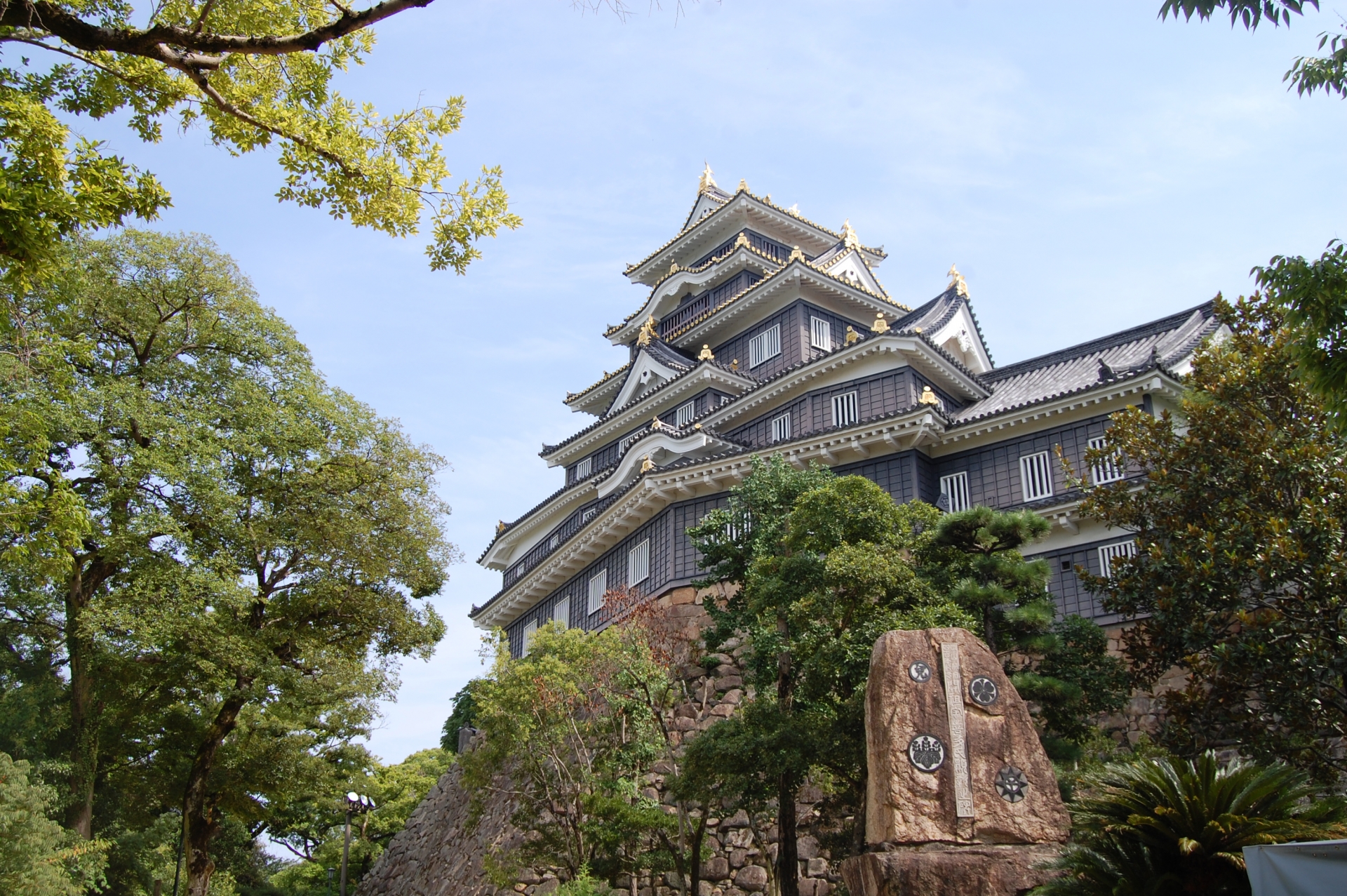
What Are Kibidango? The Famous Dumplings from the Story
Kibidango are small, round dumplings that appear in the story as gifts of friendship and loyalty. Traditionally, they are made from a chewy mochi-like dough using glutinous rice flour, sugar, and syrup, with added millet flour (kibi) for flavor.
In the story, they serve as both a symbol of generosity and a magical gift that wins the loyalty of the animals. Today, real kibidango are a famous sweet from Okayama, where they are sold as souvenirs.
Tourists can find kibidango in specialty shops near Okayama Station or at cultural sites like Korakuen Garden and Okayama Castle. They are soft, mildly sweet, and often enjoyed with tea. Eating them offers a delicious way to connect with the legend.
How Momotaro Is Used in Modern Education and Language Learning
Teaching English/Japanese with Momotaro
Educators frequently use Momotaro in language lessons because of its simple structure, clear moral, and rich vocabulary. For English learners studying Japanese (and vice versa), the story offers accessible sentence patterns and cultural context.
Sample vocabulary list:
- Peach – momo
- Boy – otoko no ko
- Ogre – oni
- Dumpling – dango
- Island – shima
Teachers can ask questions like:
- Who did Momotaro meet on his journey?
- What did he give the animals?
- How did they defeat the ogres?
Activities include sequencing story cards, writing alternative endings, or drawing character maps.
Cross-Cultural Learning Opportunities
Momotaro also works well in cultural studies. Teachers might compare it with Western stories such as “Jack and the Beanstalk” or “Little Red Riding Hood.” While Jack climbs a beanstalk to face a giant, Momotaro travels to an island to fight ogres. Both feature brave youth, magical elements, and a quest for justice. Such comparisons help students see common storytelling patterns and appreciate cultural uniqueness.
Modern Adaptations and Media Featuring Momotaro
Modern media continues to reinterpret Momotaro. In anime and manga, he appears as a superhero, a space warrior, or even a comedic figure. Picture books offer updated art styles, while video games and mobile apps feature interactive versions of the tale.
Okayama promotes local adaptations, where Momotaro is portrayed in tourism campaigns and mascots. Some versions explore darker or more emotional themes, while others use humor or sci-fi settings to appeal to new audiences. These modern retellings show how traditional tales can evolve while keeping core messages alive.
Visiting Okayama: Real-Life Places Linked to Momotaro
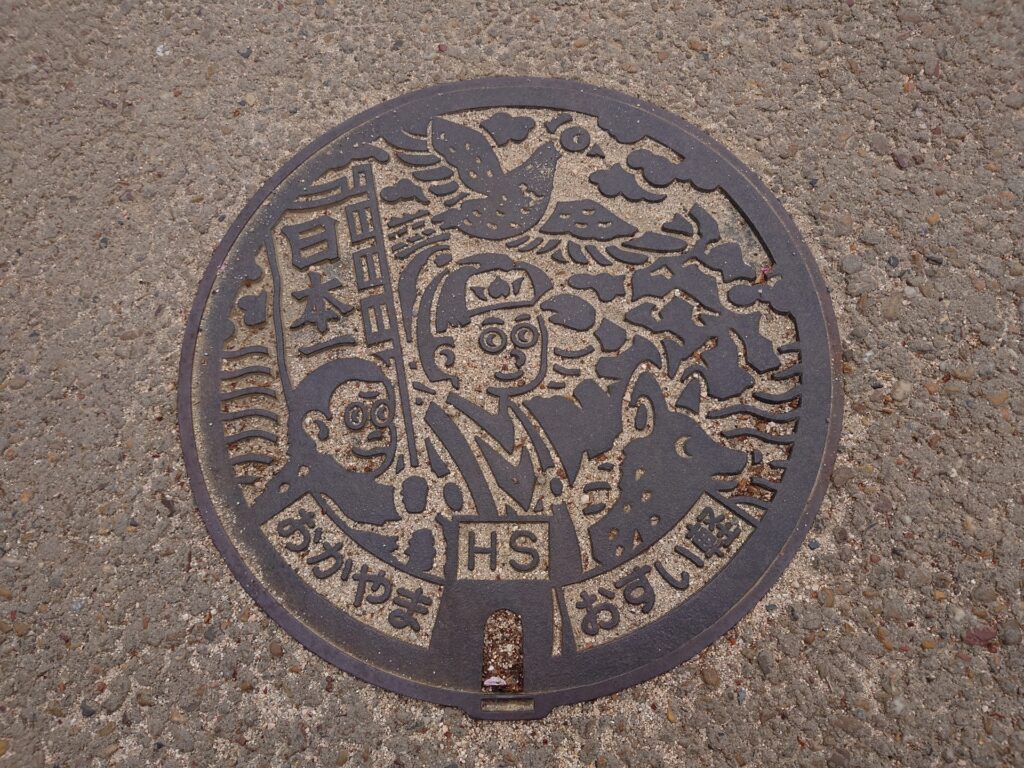
Travelers interested in Momotaro can explore several sites in Okayama. Highlights include:
- Okayama Castle: Near the Asahi River, tied to the Momotaro legend.
- Kibitsu Shrine: Dedicated to Kibitsuhiko-no-Mikoto, linked to the historical basis of the tale.
- Momotaro Statues: Found throughout the city, including Okayama Station.
- Oni-no-Shiro Fortress: Said to be the ogres’ stronghold in the legend.
Tips for visitors:
- Fly into Okayama Airport or take the Shinkansen to Okayama Station.
- Visit in spring or autumn for the best weather.
- Check out the Okayama Prefectural Museum for cultural exhibits on folktales.
Additional Resources: Printables, Videos, and Lesson Plans
Parents and teachers looking for materials can find many resources online:
- Printable stories: Sites like Storyberries offer free PDFs of Momotaro.
- Coloring pages: Available on KidsGen and educational resource platforms.
- ESL lesson plans: JapanesePod101 and Kids Web Japan provide vocabulary sheets and comprehension activities.
- Video readings: YouTube features both animated and live storytelling versions.
These materials are great for classroom storytelling, reading practice, or cultural lessons.
Comparing Momotaro with Other Japanese Folktales
Momotaro is often grouped with Urashima Taro and Kintaro, two other classic Japanese heroes.
- Urashima Taro: A fisherman who saves a turtle and visits an underwater kingdom. Unlike Momotaro, his tale ends in tragedy, teaching the lesson of time and consequence.
- Kintaro: A boy with super strength who grows up in the mountains and later serves a famous warrior. His story emphasizes nature and strength, while Momotaro’s emphasizes justice and teamwork.
By comparing these stories, readers can explore different values and storytelling styles in Japanese folklore.
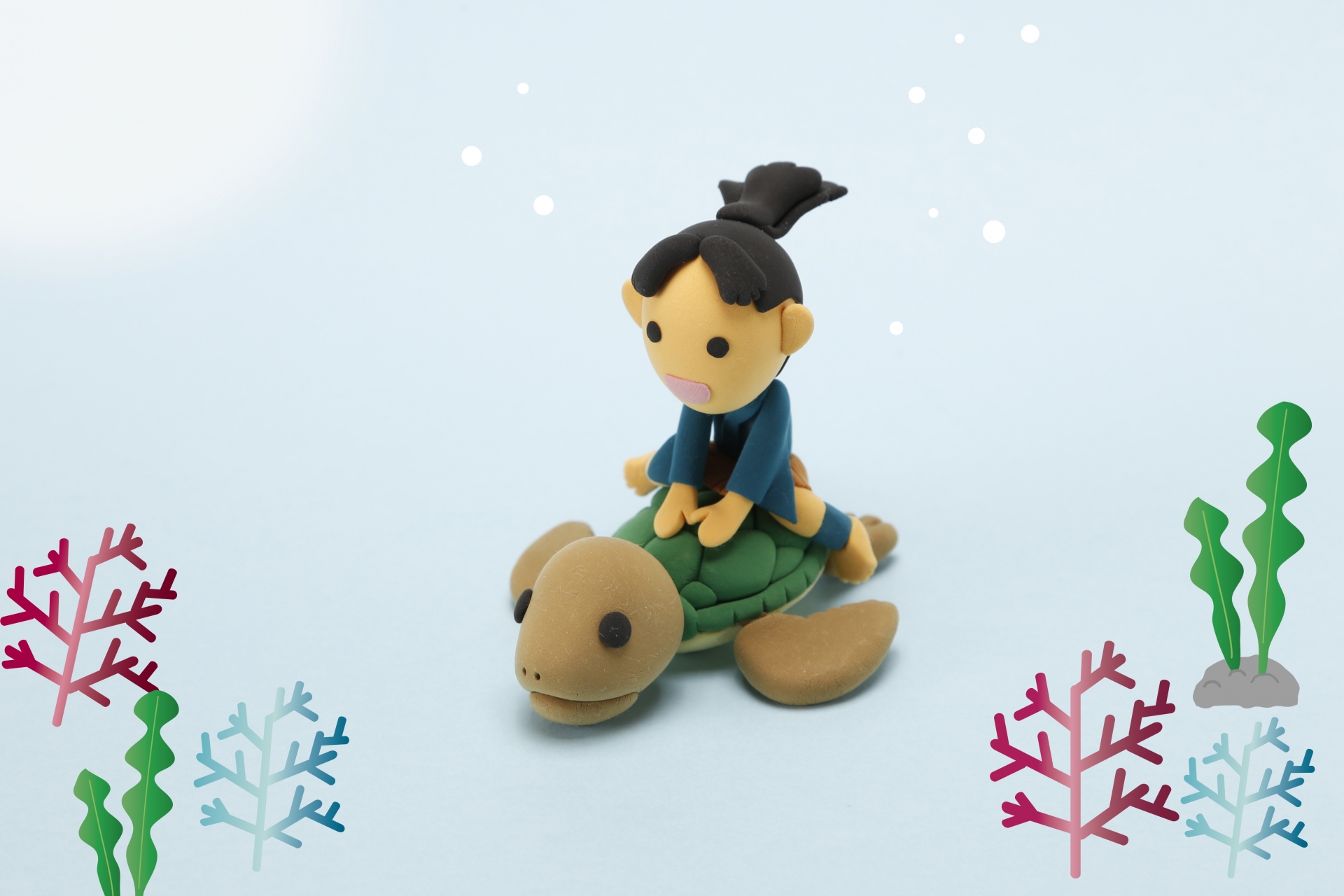
Conclusion: Why Momotaro Still Matters Today
Momotaro remains a powerful symbol of bravery, kindness, and cultural pride. Whether read by children, taught in classrooms, or explored through tourism, his story continues to inspire. It bridges traditional values with modern education and invites readers to consider what it means to be a hero.
If you were Momotaro, who would you bring on your journey?

